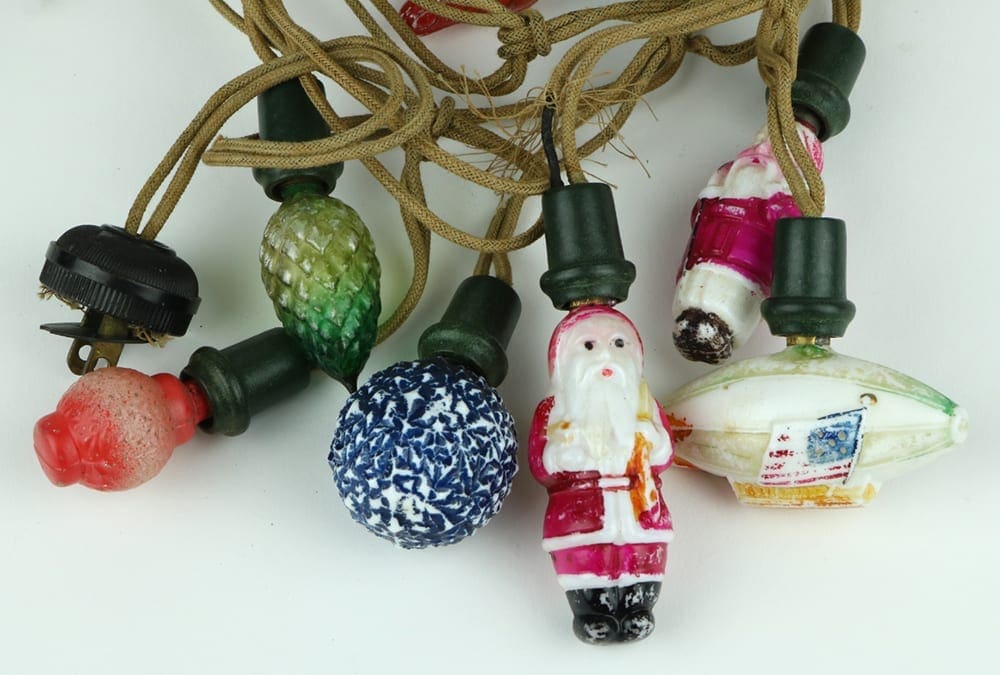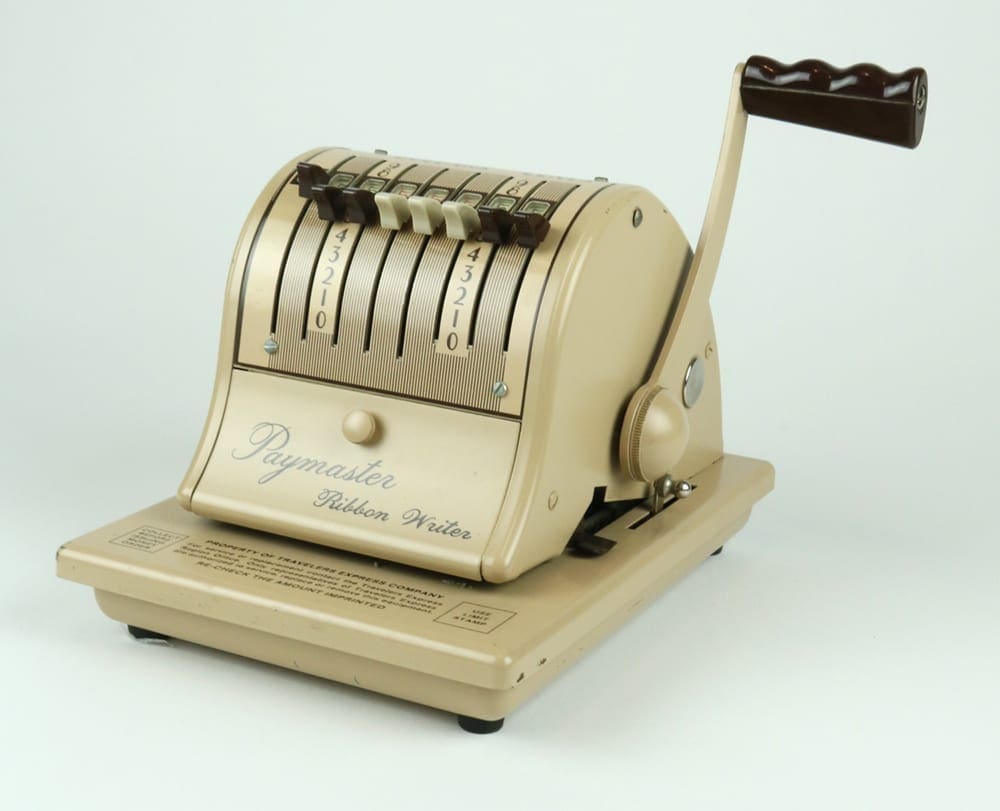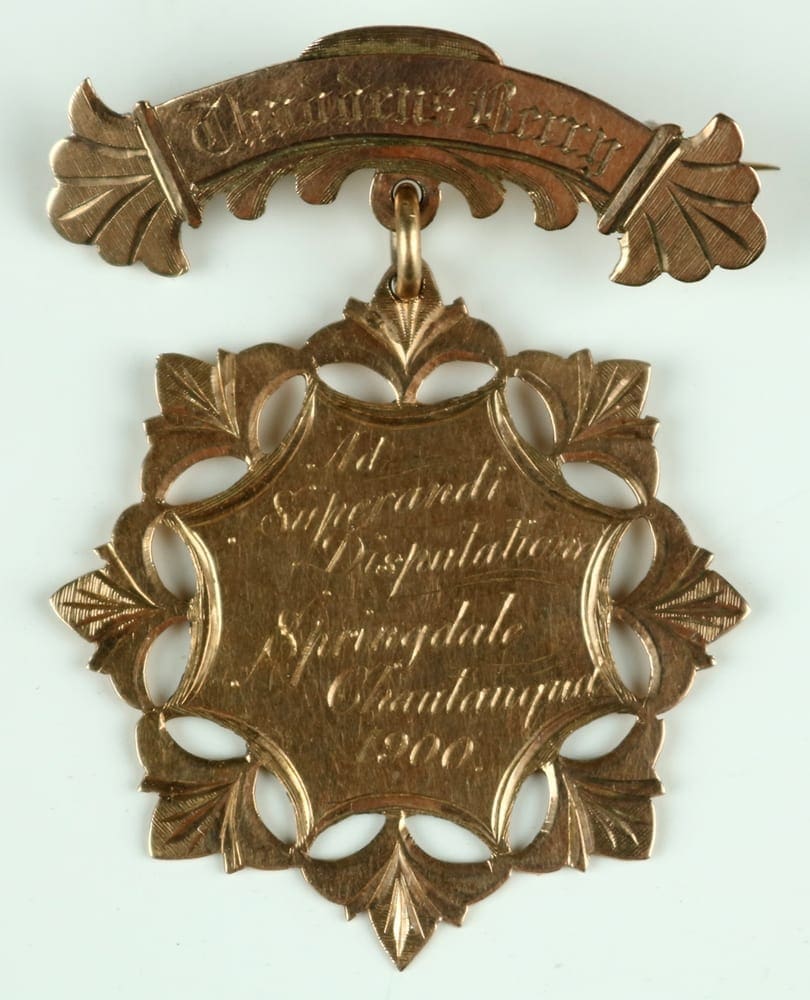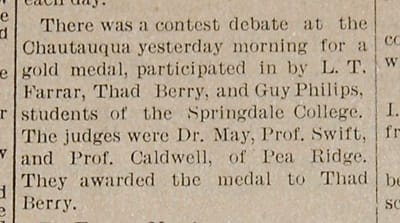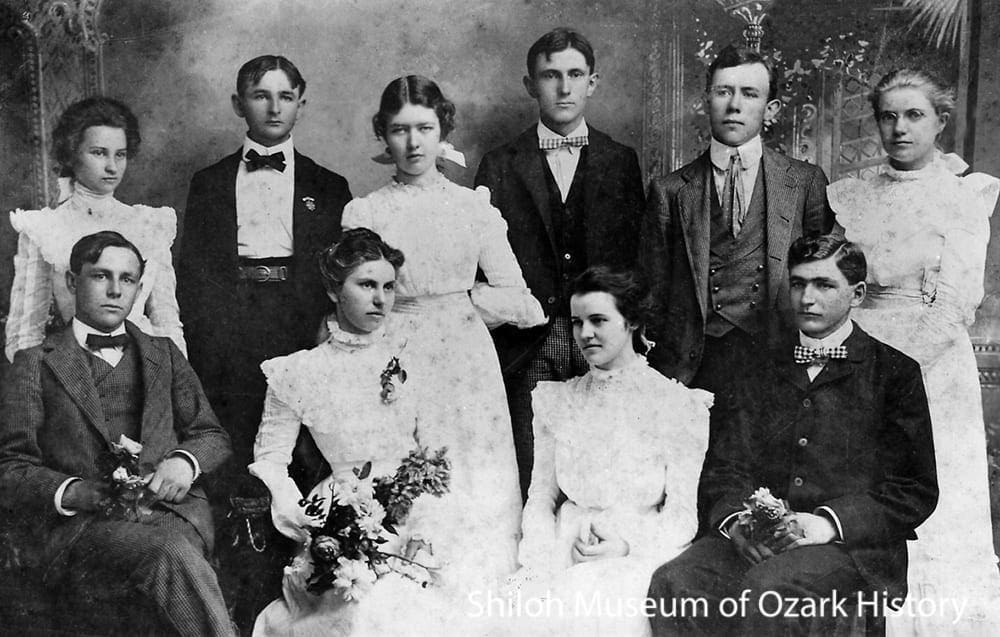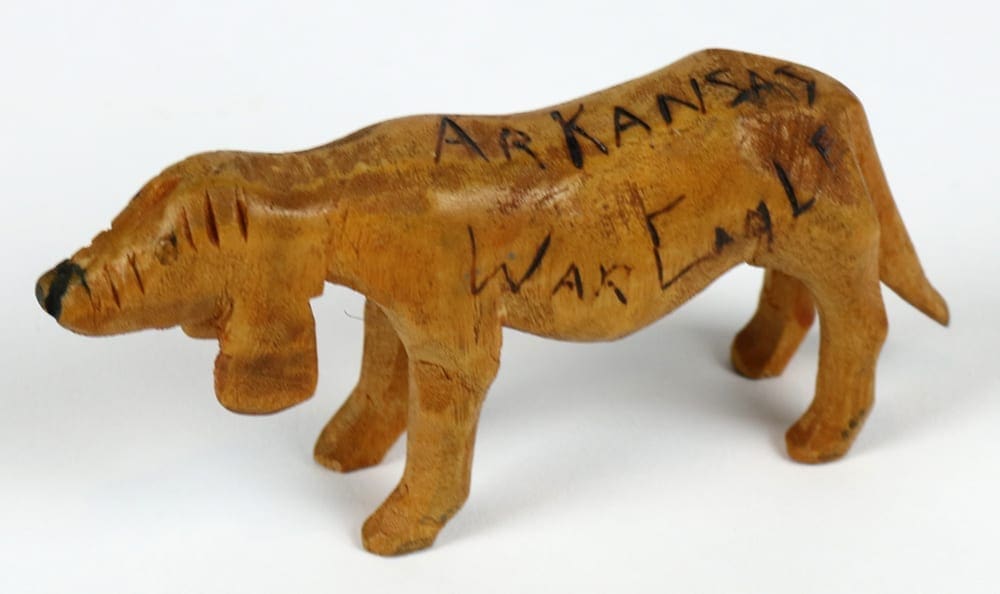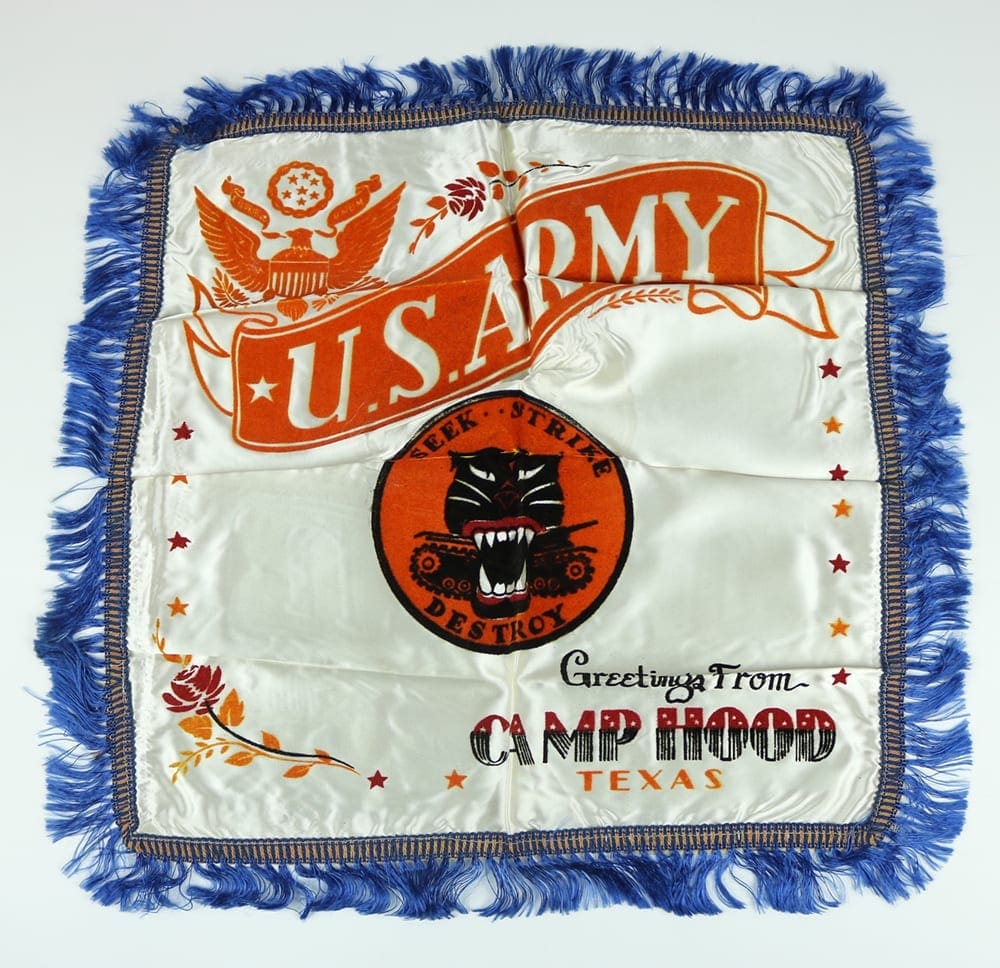Donated by the Mary Braun estate
In 1898, Professor Josiah Shinn, president of Springdale College, (located at the site of the present-day Springdale Public Schools administration building), organized Springdale’s first chautauqua, a summer event that featured educational entertainment. Originating in Chautauqua, New York, chautauquas enjoyed great popularity across the United States in the late 1800s and early 1900s.
Springdale’s third chautauqua ran from June 24 to July 4, 1900, offering thirty-three lectures and cultural programs over the course of eleven days. On Thursday, June 28, a debate was held featuring three students from Springdale College: L. T. (Lewis) Farrar, Thad Berry, and Guy Phillips.
The medal was discovered among items donated to the Shiloh Museum as part of the Mary Braun estate in 2014, 114 years after Thad Berry’s triumphant debate.

